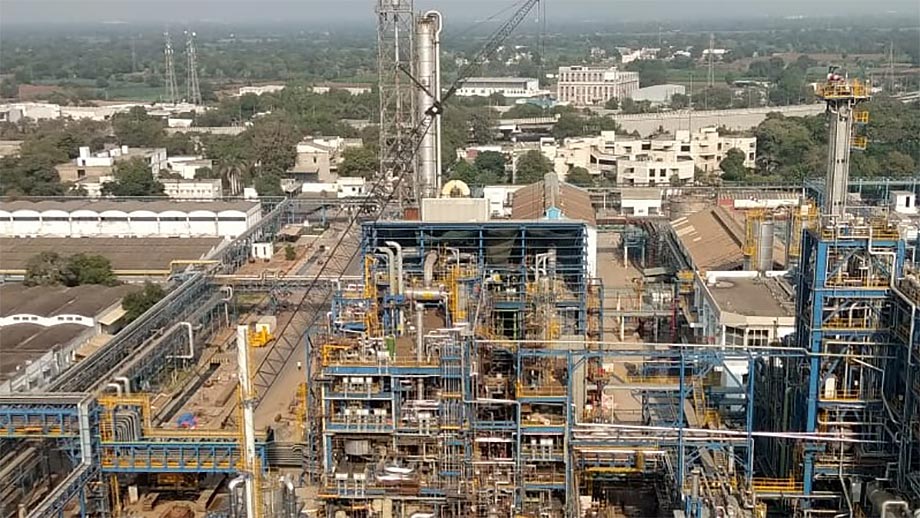Shares of Gujarat State Fertilisers & Chemicals (GSFC) surged 15% to Rs 163.8 in intraday trade on Friday on solid operating income, trading volume after the company reported strong June quarter results (Q1FY23) and consolidated net profit surged, doubling to Rs 345.81 crore.
The fertiliser company reported a net profit of Rs 136.11 crore in the same period last year (Q1FY22). On a quarter-on-quarter (QoQ) basis, net profit rose 21% from Rs 286 crore in Q4FY22. The company’s operating income rose 63% year-on-year and 48% quarter-on-quarter to Rs 3,018 crore.
GSFC was trading 14% higher at Rs 162.1 at 10.54 am, while the S&P BSE Sensex was up 0.09%. Over-the-counter volumes have grown more than eightfold today. The NSE and BSE have a combined stake of 16.7 million shares, representing 4.2% of GSFC’s total share capital.
The stock rebounded 39% from the recent low of Rs 117.75 on June 20, 2022. The stock hit a 52-week high of Rs 198.7 on April 5, 2022.
At the same time, the agricultural sector has experienced steady growth over the past two years compared to other economic sectors. Normal monsoons and improved reservoir water levels, higher irrigation coverage, high crop prices, export priorities, favourable government policies (including fertiliser subsidies), record purchases under MSP, and a drive for new products and technologies are key factors in the agricultural sector.
However, on a higher base in 2021-22, consumption in the fertiliser industry fell by 5% to 63 million tonnes. Overall, consumption growth was in line with previous years, except for 2020-21, due to the normalisation of DBT-related sales.
Fertiliser supply during the year was affected by rising manufacturing and imported product costs, conflicting demand in major fertiliser-consuming markets, and supply challenges from major sources. In addition, three consecutive years of normal monsoons led to lower beginning inventories. The proactive attitude of the government and close coordination with the industry ensured timely access for farmers.
Looking ahead, higher agricultural prices, government focus on agriculture, expectations for normal monsoons, and higher reservoir water levels bode well for agriculture.
 Live
Live

